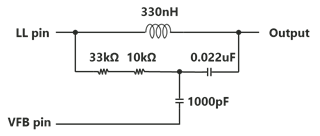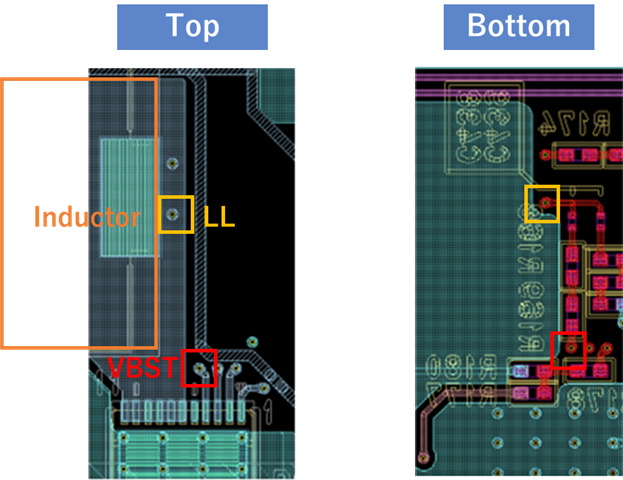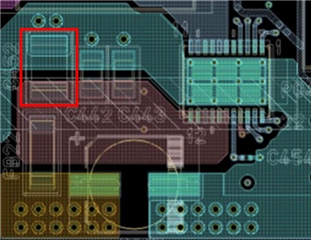Hi,
My customer uses the TPS53355 under the conditions of Vin=12V and Vout=1.2V, Iout=0A. In one device, the output voltage became like the waveform in the attached document, and after a while, 1.2V was output normally. I'm thinking that some kind of protection function is working, but could you tell me the cause of this?
Best Regards,
Nishie




